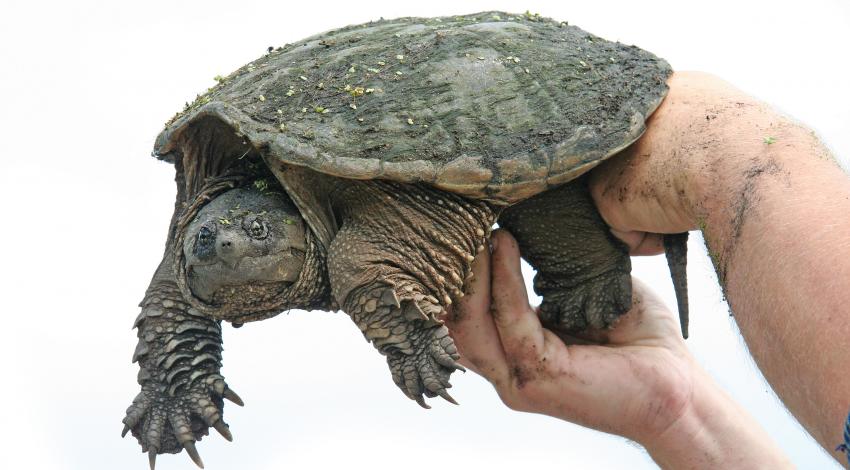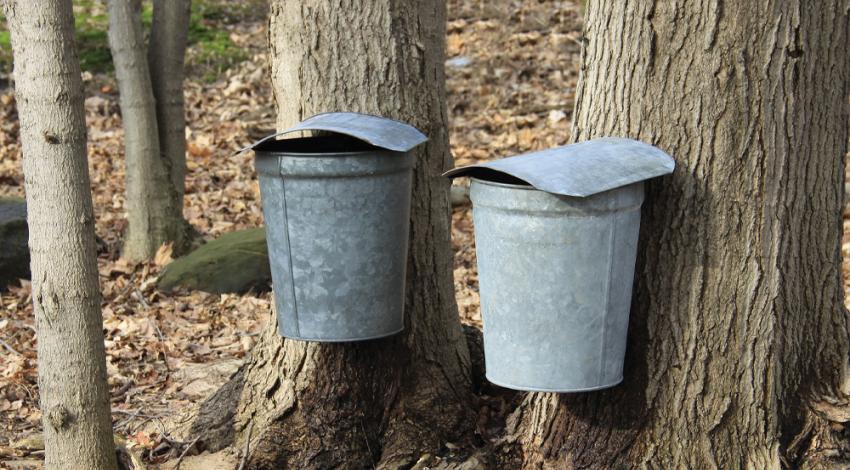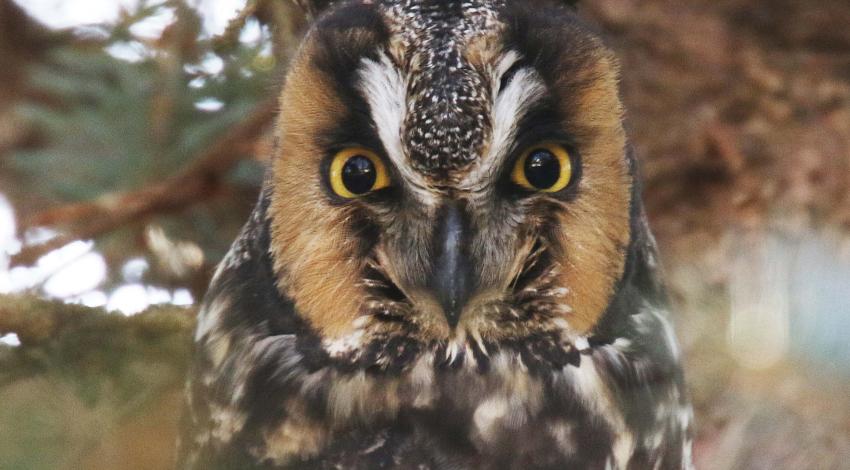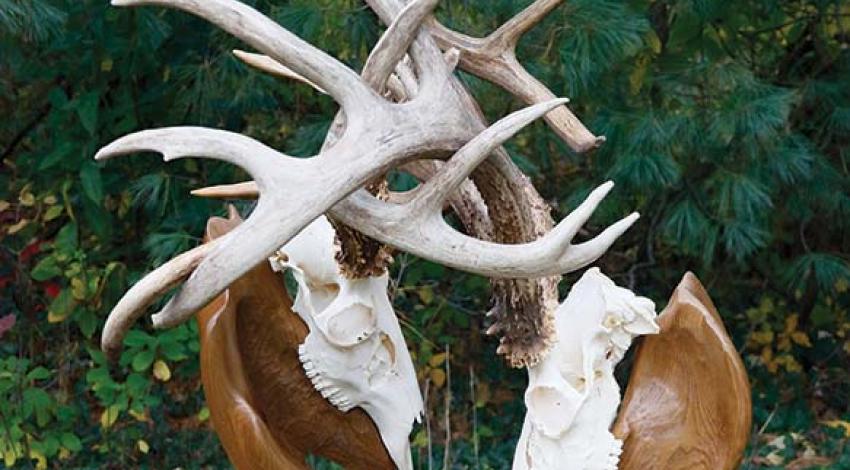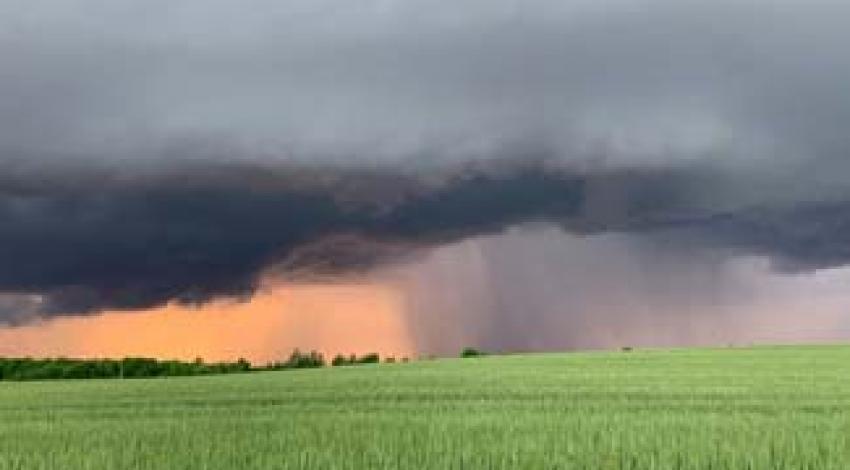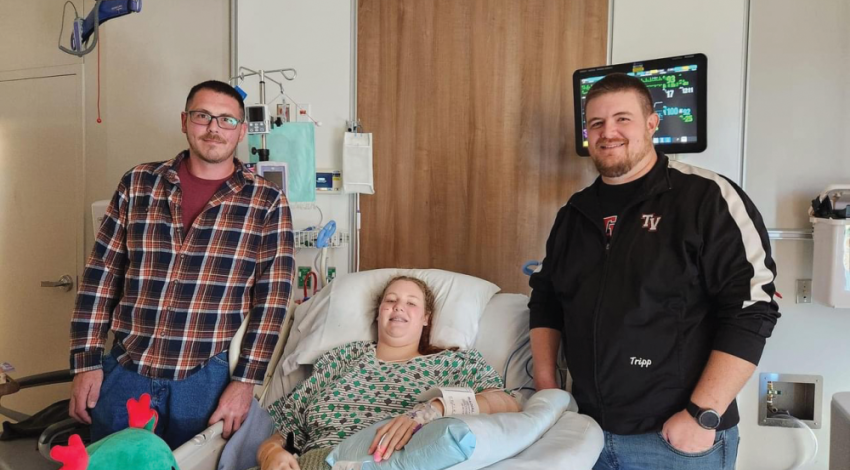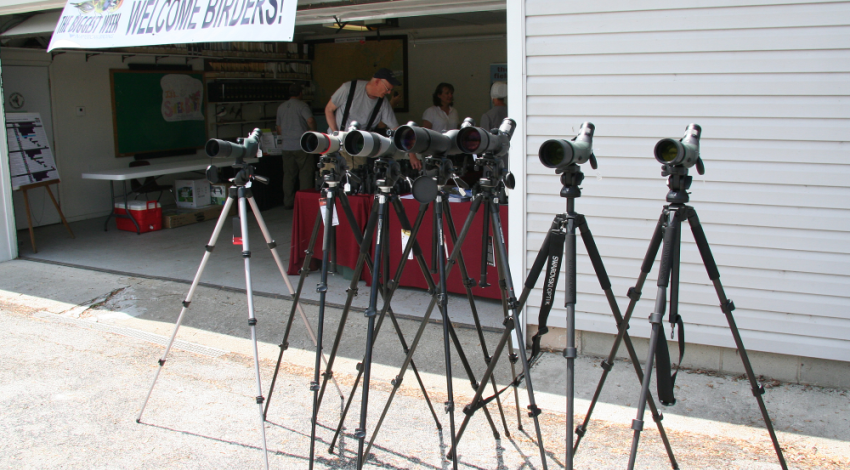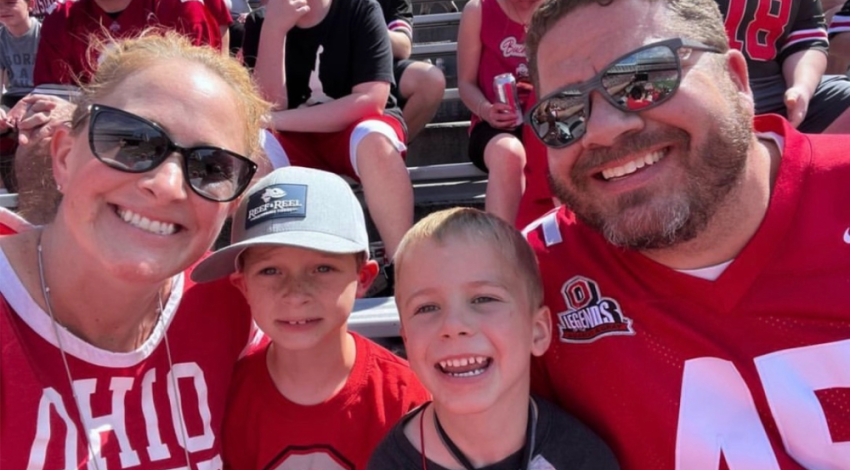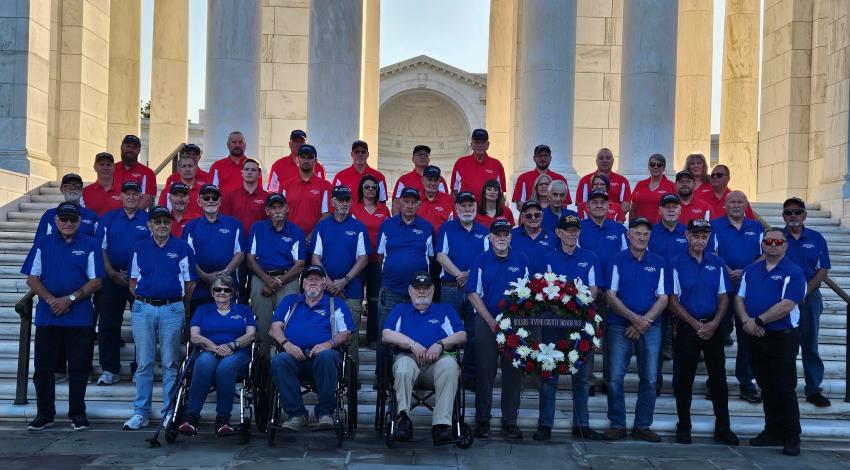Head to most parks around the state — from small-town playgrounds to urban greenspace to metroparks — and you’ll often see something that’s been added or improved as the result of an Eagle Scout project.
The path to Eagle Scout includes a rigorous set of requirements that must all be completed before the Scout turns 18: positions of troop leadership, a selection of required and optional learning on a wide variety of subjects (merit badges), and, most famously, completion of a project that benefits the community.



